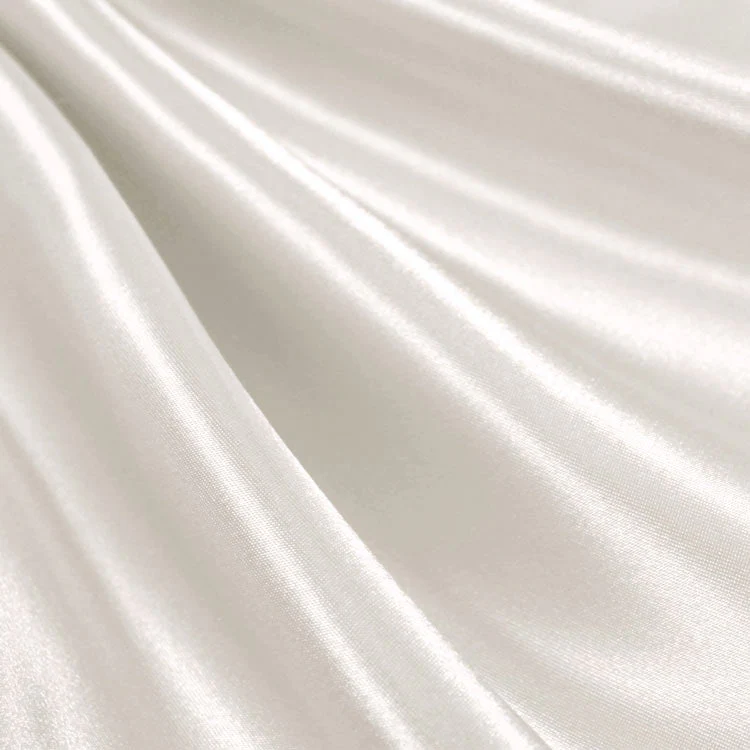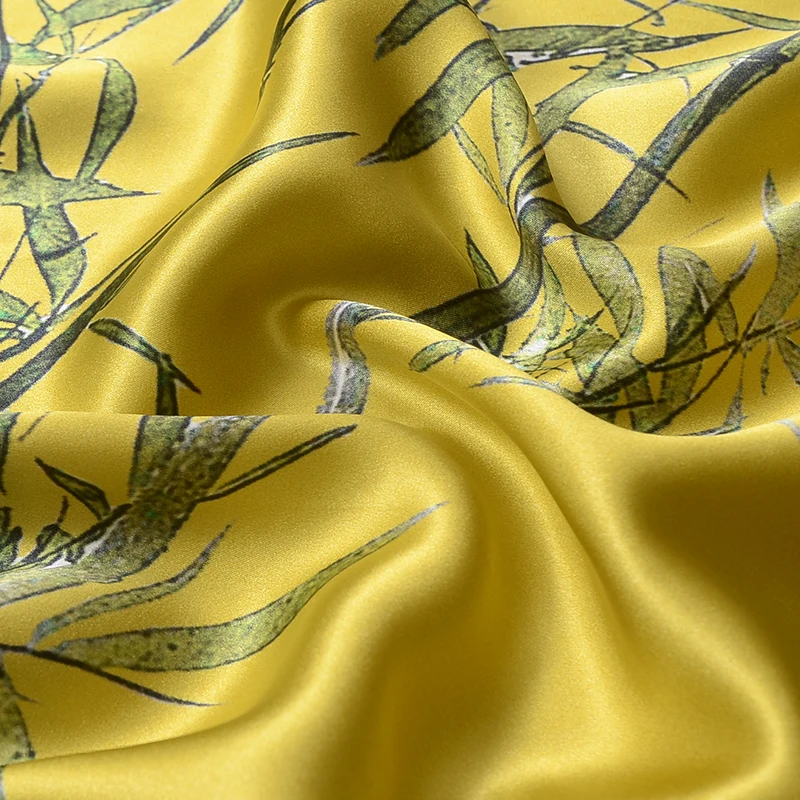Satin, with its luxuriously smooth texture and captivating sheen, has captivated fashionistas for centuries. This timeless fabric transcends fleeting trends, remaining a mainstay in clothing, lingerie, and home decor. But what exactly is satin, and how does it achieve its distinctive characteristics? Let’s delve into the world of satin, exploring its history, creation process, varieties, and care instructions.
A History Steeped in Luxury
The origins of satin remain shrouded in some mystery. Experts believe that satin originated in medieval China, where it was initially woven from silk. The fabric’s name likely comes from the Chinese word “satiny,” meaning “a piece of silk.” Satin’s exquisite beauty quickly captured the attention of traders, who brought it along the Silk Road to Europe. By the 12th century, satin had become a prized possession of European royalty and nobility. Due to the complex weaving technique and the high cost of silk, satin garments remained a symbol of affluence and social status for centuries.

The Art of Weaving Satin
Unlike most fabrics determined by fiber content, satin is characterized by its unique weaving technique. Satin uses a four-harness loom, with threads interlacing in a specific way. In a satin weave, four or more weft threads (horizontal threads) pass over one warp thread (vertical thread) before interlacing under the next warp thread, and so on. This creates a fabric with a high thread count on the surface, resulting in the smooth, lustrous face we associate with satin. Conversely, the back of the fabric has a duller appearance with fewer threads visible on the surface.

A Spectrum of Satin Varieties
Satin isn’t just one type of fabric. Over the centuries, weavers have experimented with different fibers and weaving techniques, resulting in a variety of satins, each with its own distinct characteristics.
- Silk Satin: The quintessential satin, woven from 100% mulberry silk. It is renowned for its unmatched softness, fluidity, and drape. However, silk satin is delicate and requires special care.
- Duchess Satin: A heavyweight satin, often made from silk or a blend of silk and polyester. It has a substantial drape and a structured feel, making it ideal for formal wear and structured garments.
- Charmeuse Satin: A lightweight and lustrous satin with a beautiful drape. Charmeuse satin is often used for lingerie and blouses due to its soft and flowing nature.
- Satin Faced Fabrics: These fabrics feature a satin weave on one side and a different weave on the back, such as crepe or twill. This creates a fabric with the luxurious look of satin on one side and the structure or texture of the other weave on the backside.

Beyond Clothing: The Many Uses of Satin
While satin is most commonly associated with luxurious clothing, its applications extend far beyond the fashion world.
- Lingerie: Satin’s smooth texture and delicate sheen make it a popular choice for lingerie, adding a touch of elegance and sensuality.
- Home Decor: Satin is often used for curtains, tablecloths, and bedding, adding a touch of opulence to any room.
- Shoes: Satin shoes can elevate an outfit, adding a touch of sophistication and glamour.
- Upholstery: Durable satin fabrics can be used for upholstery, creating a luxurious feel in furniture.

Caring for Your Satin Treasures
Satin, particularly silk satin, requires special care to maintain its beauty and longevity. Here are some tips for keeping your satin garments and items looking their best:
- Handwashing: Whenever possible, handwash satin in cool water with a gentle detergent. Avoid harsh chemicals and bleach.
- Delicate Cycle: If machine washing is necessary, use the delicate cycle with cold water and a gentle detergent. Place the satin item in a mesh laundry bag for added protection.
- Air Drying: Always air dry satin out of direct sunlight. Avoid using a dryer, as the heat can damage the fabric.
- Ironing: If ironing is necessary, use the lowest heat setting and iron on the reverse side of the fabric. Placing a pressing cloth between the iron and the satin will further protect the fabric.

Influence on modern fashion trends
Here’s the updated section:
Satin’s Enduring Influence on Modern Fashion Trends
Satin’s presence extends far beyond its historical association with royalty and extravagance. This versatile fabric continues to be a prominent player in modern fashion, influencing trends across various styles and aesthetics.
-
Modern Elegance: Satin drapes beautifully, creating a sophisticated and elegant look. Designers utilize this quality for evening gowns, slip dresses, and tailored pantsuits, adding a touch of timeless glamour to formal wear.
-
The Rise of Streetwear Chic: Satin has surprisingly infiltrated the world of streetwear. Bomber jackets, slip dresses, and even sneakers are being reimagined in satin finishes, creating a juxtaposition of textures that is both unexpected and undeniably cool.
-
Lingerie-Inspired Fashion: The delicate and sensual nature of satin is inspiring a lingerie-inspired fashion trend. Slip dresses are being worn as outerwear, often layered with blazers or jackets for a more balanced look. Corset tops and bustiers crafted from satin are also adding a touch of boudoir flair to everyday outfits.
-
The Power of Contrast: Satin’s luxurious sheen creates a striking contrast when paired with more casual fabrics like denim or cotton. This interplay of textures adds depth and visual interest to an outfit. A satin slip dress can be dressed down with a denim jacket, while a satin bomber jacket can elevate a simple T-shirt and jeans combination.
-
Beyond Clothing: Accessories like clutches and handbags crafted from satin add a touch of luxury to any outfit. Shoes in satin finishes, from pumps to sneakers, elevate a casual or dressy look.
Satin’s adaptability allows it to seamlessly transition between formal and casual settings. Modern designers are constantly innovating with this fabric, pushing boundaries and creating exciting new interpretations of satin for the fashion-forward crowd.
Satin: A Timeless Legacy
Satin’s enduring popularity is a testament to its luxurious qualities and versatility. From its historical roots as a symbol of affluence to its contemporary applications in fashion and home decor, satin continues to capture hearts with its timeless elegance. So next time you seek a touch of luxury, consider incorporating satin into your wardrobe or home for a touch of timeless sophistication.










